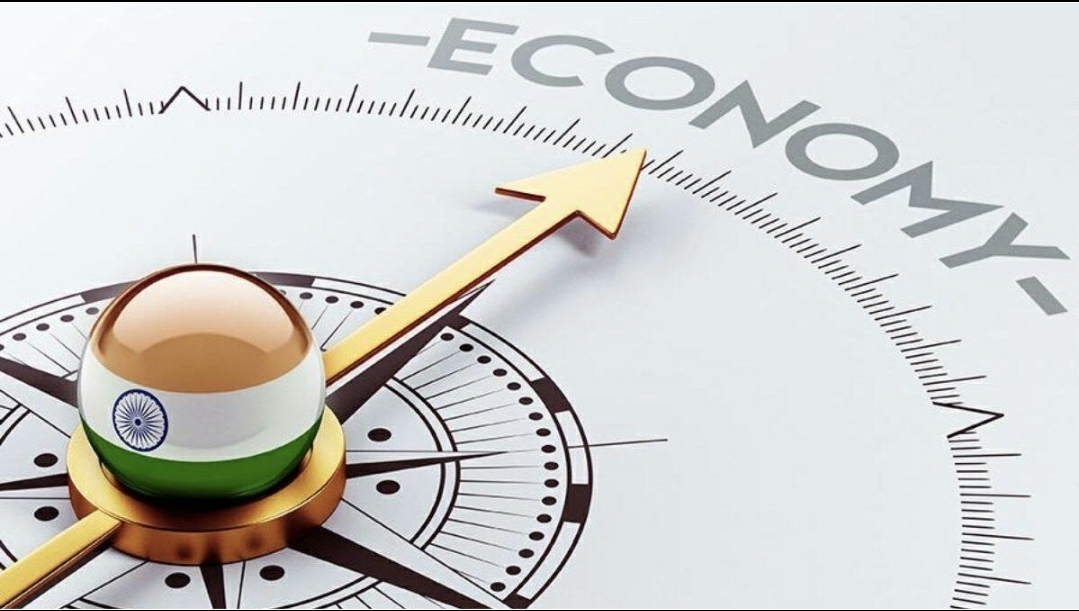The dawn of year 2020 came up to India with serious economic problems. The patient had already been admitted to the hospital because of faulty economic policies implemented by the Chief Economic Advisor and the Finance Minister; the coronavirus attack further almost made the patient shift to the ICU with ventilators on. Although the monetary policies of the government and RBI were quite strong, yet the lack of demand was the main reason for this recession in the economy. The policies of the government targeted the supply part and through the supply part, the government wanted to increase the demand. But the fear of COVID-19 accompanied by the fear of folding up MSME’s along with other sectors, prevented the people from taking any new business risk. As a result, the demand decreased further, thus worsening the current scenario.
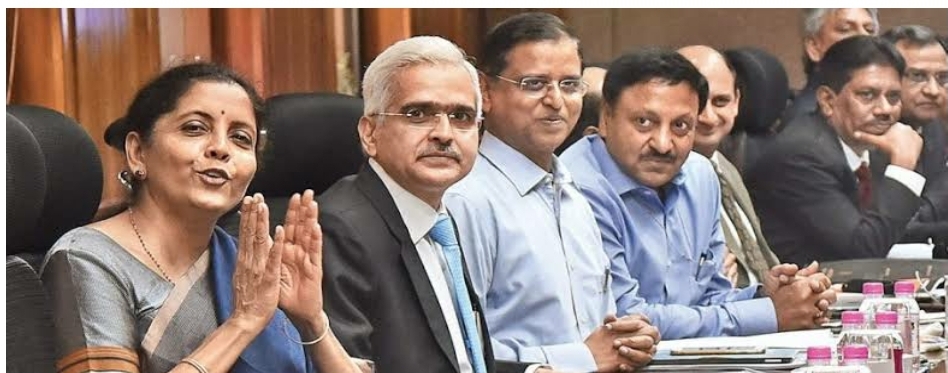
The expected real growth of GDP for India for FY20 in the remaining quarters is 1.9% which may sink to zero in FY21 (Since I am not the Finance Minister, I will not mention the nominal growth in GDP). The RBI had announced a number of measures amidst this lockdown period to stop the derailment of the economy. Following were the key points of RBI’s monetary policy statement 2020-21, announced on May 22, 2020:
? RBI reduced the Repo rate by 40bps from 4.40% to 4.00%.
? Reverse repo rate reduced by 40bps from 3.75% to 3.35%.
? Bank rate and Marginal Standing Facility (MSF) stands adjusted at 4.25%.
? CRR maintained at 3% of NDTL.
? MPC also decided to continue with the accommodative stance as long as it is necessary to revive growth and mitigate the impact of COVID-19 on the economy, while ensuring that inflation remains within the target.
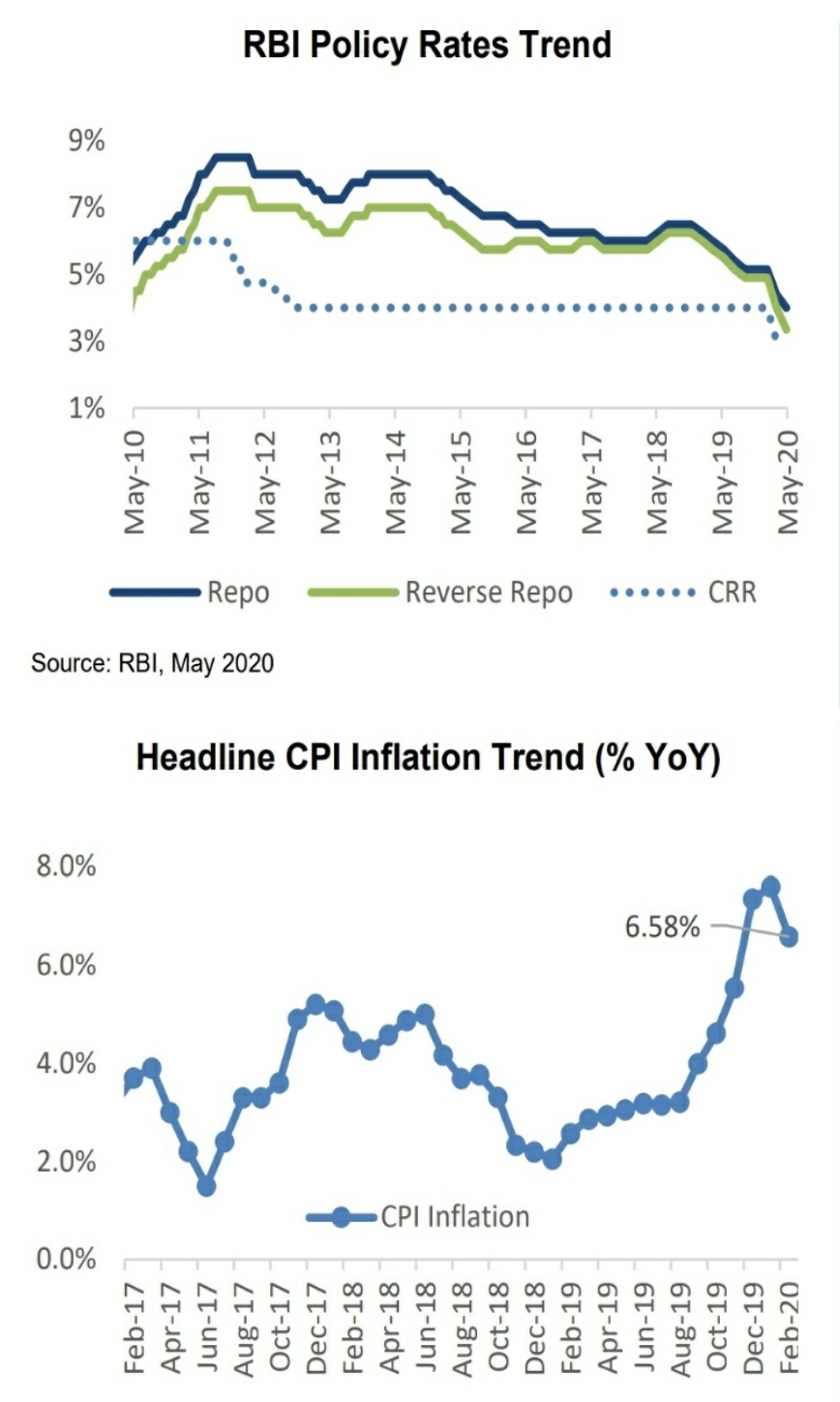
These policies focus more on the supply chain and are good in the long run of the economy. Moreover, the “stimulus package” of ? 20 lack crores (amounting to 10% of our current GDP) provided by the government did not seem to provide any relief to the people of India because the fact that the direct fiscal spending from the overall package is about ? 2.6 lakh crore or 1.2% of GDP this year. The major focus of the package was in regards to the clearance of taxes, loans, EMI’s etc. This again focused more on the supply chain.
Economists like Dr. Subramanian Swamy (PhD in Economics from Harvard University, who has worked with Nobel Laureates like Simon Kuznets and Paul Samuelson) predict that based on the loss in production and wages so far foregone, and expected to be incurred over the next one and half years, i.e., till FY21, the “stimulus package” we need should be about ? 8 trillion.
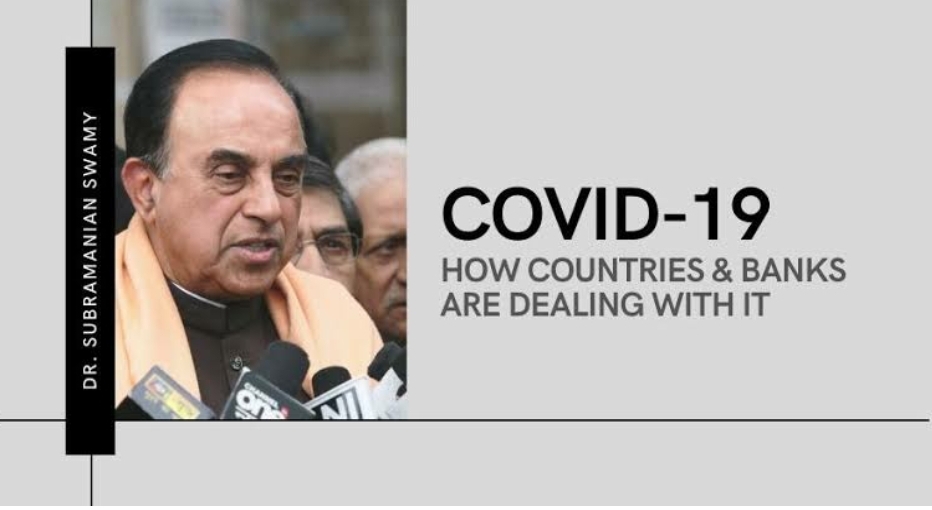
The problem is, how do we go about finding this required money? Instead of doing this, the Ministry of Finance is first looking for the source where the required money is to come from and then trying to find out how much stimulus we can afford. We must get out of the traditional FM mentality, moaning and groaning about how much “do we have”, using the financial accounting measures of a shopkeeper. Instead, we must think like macro economic analysts, that is, we must think in terms of how much money we need to kick start the economy, and then where to go to find it. For this, the following can be taken into consideration:
- Printing more money, which is almost unlimited since the Gold Standards is over. The only precaution that we need to take is to be sure that the demand does not exceed the supply. In the current scenario, in most of the sectors, there is excessive supply by the pre-COVID mismanagement of the economic sector and a demand reduction due to faulty taxation policies of the government and GST.
- Another way that can be suggested for the above “stimulus package” is to abolish income taxes and freezing the GST dues. The alternative source to get money after the abolishment of income tax is through auctioning of the 2G spectrum and coal blocks. Moreover, getting new innovations is also a solution to the problem of income tax.
- The “Aatmanirbhar Bharat” ideology stated by the Hon’ble Prime Minister is also a solution but requires a lot of time.
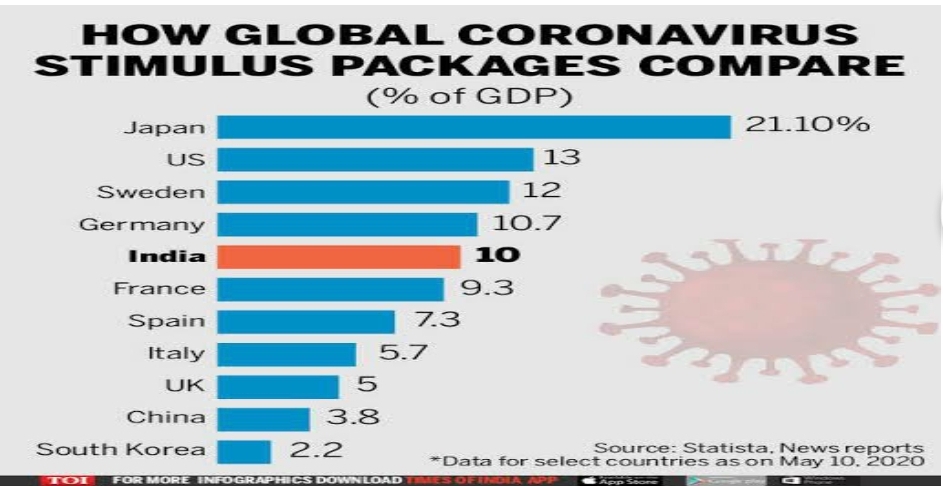
The current situation demands that money should be put into the hands of people so that they can start buying, especially in the hands of poor laborers and migrant workers so that they can get their daily piece of bread. The Finance Minister in her speech had announced that the RBI has a liquid money of approximately ?8 trillion. This money can also be taken into account for providing the above stated “stimulus package”.
In conclusion, the government has strong monetary policies but the fiscal policies are not up to the mark. The government needs to get some good economists in its panel, for example, the likes of Subramanian Swamy or Dr. Manmohan Singh, who possess the knowledge of macroeconomic and can tackle such situations. In addition, the government must look forward to adopt such measures that can increase the demand which will eventually lead to the growth of the economy and for that, our fiscal policies must be strong enough.
By Kirti Kashyap ‘Taijas’
Sources:
- RESET? Regaining India’s Economic Legacy by Dr. Subramanian Swamy.
- https://www.sundayguardianlive.com/news/rs-8-trillion-stimulus-pm-modi-can-fully-revive-economy.
- https://indianexpress.com/article/business/companies/crisil-md-ashu-suyash-fiscal-policy-6446353/.

